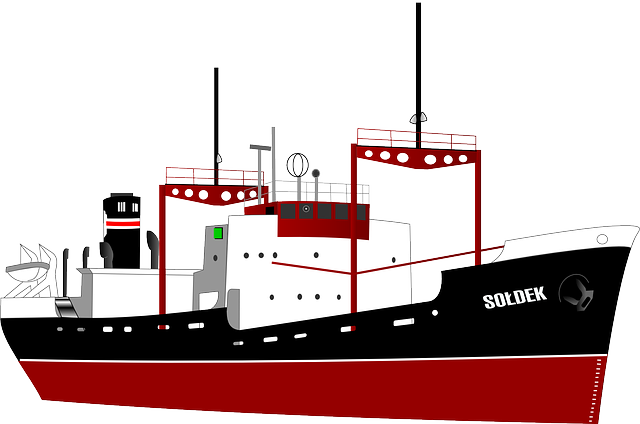Understanding vehicle shipping costs requires considering distance, size, transport type (land, sea, air), handling needs, weather, and route availability — factors that interact complexly. Two main approaches exist for estimating expenses: online estimators, using algorithms and databases for quick, general estimates, and direct contact with shipping companies, yielding more precise quotes tailored to specific details like weight, dimensions, make, distance, and required transport methods. To save money on vehicle ship costs, compare quotes from multiple carriers, avoid peak seasons, choose the right shipping method based on vehicle condition and destination, and prepare the vehicle for cleaning and repairs to prevent damage.
Shipping a vehicle can be an expensive endeavor, but understanding the factors at play can help you budget accordingly. This article guides you through the process of determining how much it costs to ship a vehicle, delving into the key elements that impact pricing. From weight and distance to season and demand, each variable plays a crucial role in setting rates. We’ll also provide tips on saving money on vehicle shipping expenses.
- Understanding Vehicle Shipping Costs: Factors That Influence Pricing
- Calculating the Price: Methods and Tools for Estimation
- Tips to Save on Vehicle Shipping Expenses
Understanding Vehicle Shipping Costs: Factors That Influence Pricing

When considering shipping a vehicle, understanding the pricing structure is key. The cost to ship a vehicle can vary greatly depending on several factors. One of the primary determinants is the distance traveled; the farther the destination, the higher the shipping fees. Additionally, the size and weight of the vehicle play a significant role; larger or heavier vehicles generally incur more expenses. Another crucial factor is the type of transport used, whether it’s a truck for land shipping or a container for sea or air transportation.
Further influencing pricing are specific requirements like the need for specialized handling, such as transporting luxury or classic cars that demand extra care. Weather conditions and route availability can also add to the costs. It’s essential to remember that these factors often interact with each other, creating a complex web of considerations when estimating vehicle shipping expenses.
Calculating the Price: Methods and Tools for Estimation

Calculating the price to ship a vehicle involves understanding several factors that influence the final cost. The most common methods involve using online estimators or contacting shipping companies directly for a quote. Online tools are convenient, asking users about the type of vehicle, pickup and drop-off locations, and desired transport method (e.g., open or enclosed trailer). These platforms then use algorithms to generate an estimate based on their vast database of shipping costs and real-time market rates.
Conversely, reaching out to dedicated vehicle shipping companies offers a more precise calculation. Experts consider specifics like vehicle weight, dimensions, make, and model, along with the distance traveled and type of transport needed. They may even factor in additional services like insurance, documentation, or specialized handling for classic cars or vehicles with unique features. This personalized approach ensures an accurate quote tailored to your specific shipping requirements.
Tips to Save on Vehicle Shipping Expenses

Saving money on shipping a vehicle can be achieved through several strategic approaches. Firstly, get quotes from multiple carriers to ensure you’re getting the best rate. Different companies have varying pricing structures and offers, so comparing will help you find the most economical option. Secondly, consider the time of year; shipping costs tend to fluctuate based on seasons. Avoid peak periods like summer or holiday seasons when rates are higher.
Additionally, choose the most efficient shipping method suitable for your vehicle’s condition and destination. For instance, open-air transport is cheaper but exposes the vehicle to elements, while enclosed carriers offer better protection at a higher cost. Finally, ensure your vehicle is prepared for shipping; thorough cleaning and necessary repairs can prevent potential damage that could incur extra charges.
Shipping a vehicle can be a complex process, but understanding the factors influencing costs and utilizing estimation tools can help you plan and save. By considering various shipping methods and implementing cost-saving tips, you can navigate the vehicle shipping industry more efficiently. Remember, whether you’re shipping across states or internationally, knowing the price breakdown is key to ensuring a smooth and affordable experience.
